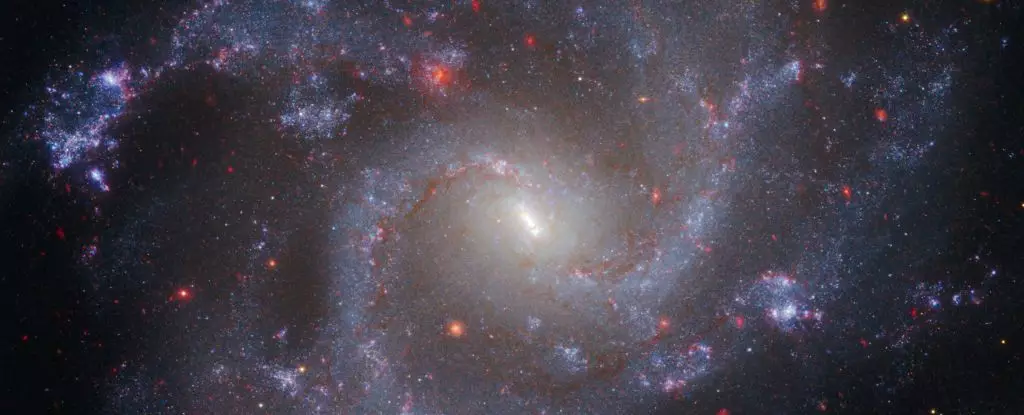

The recent precise measurement of the expansion rate of the Universe has revealed a significant discrepancy known as the Hubble tension. This issue arises from the conflicting measurements obtained from different methods used to calculate the Hubble constant. The Hubble constant, which represents the rate at which the Universe is expanding, is a crucial parameter in cosmology, influencing our understanding of the size and age of the Universe.
In the quest to determine the Hubble constant, scientists rely on two primary methods: standard candles and standard rulers. Standard candles, such as Cepheid variable stars and Type Ia supernovae, provide measurements of the Hubble constant around 73 kilometers per second per megaparsec. On the other hand, standard rulers, based on signals from the early Universe like the cosmic microwave background and baryon acoustic oscillations, yield a Hubble constant of around 67 km/s/megaparsec. Despite numerous measurements, the discrepancy persists, posing a significant challenge to cosmologists.
The ongoing debate surrounding the Hubble tension has led researchers to question the accuracy of their measurements. While human error was initially considered a plausible explanation, recent observations using the James Webb Space Telescope have ruled out measurement errors. With a confidence level of 8 sigma, the new findings suggest a deeper issue that may indicate a fundamental misunderstanding of the Universe.
Gravitational wave observations, known as standard sirens, have emerged as a potential key to resolving the Hubble tension. Although the error margins on standard sirens are currently significant, they show alignment with standard candles. This alignment offers a glimmer of hope in unraveling the mystery of the Universe’s expansion rate.
Despite the persistent discrepancy in Hubble constant measurements, the recent validation of Hubble’s observations using the JWST provides reassurance in the reliability of these measurements. By combining data from both telescopes, scientists hope to gain a comprehensive understanding of the cosmic distance ladder and unravel the mysteries surrounding the Universe’s expansion.
The Hubble tension remains a significant challenge in the field of cosmology, compelling researchers to explore new avenues and technologies to reconcile conflicting measurements. As our understanding of the Universe continues to evolve, the quest to decipher the true nature of cosmic expansion remains a top priority for scientists worldwide. Through collaborative efforts and innovative approaches, we aim to unlock the secrets of the cosmos and pave the way for future discoveries in the realm of astrophysics.
Rogue waves have long been a subject of fascination and terror in maritime lore. These…
As the world grapples with public health challenges, especially those posed by infectious diseases, the…
The Sombrero Galaxy, also known as Messier 104, embodies a breathtaking blend of spirals and…
In recent advances in quantum electronics, a groundbreaking discovery leveraging the concept of kink states…
In the intricate tapestry of nature, ice often exists in a delicate balance with liquid…
In an astonishing event that captured global attention, a rogue object from beyond our Solar…
This website uses cookies.